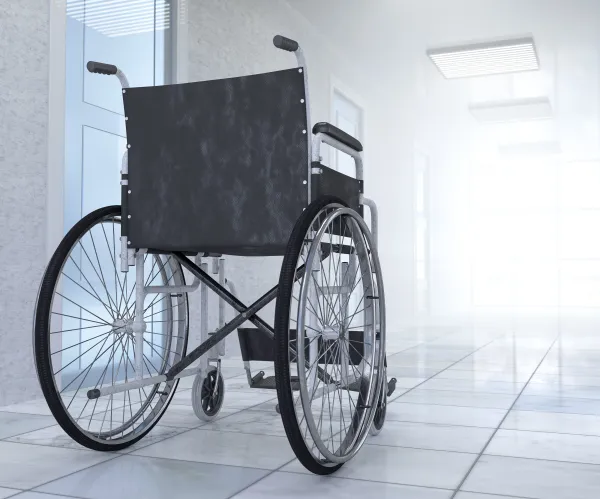Let Lessons From 3 Situations Keep Your L&D Coding Under Control
Pay special attention to the 'permissible sins.' Coding for obstetrical anesthesia can get a bit tricky for even the most experienced coders. Boost your confidence by learning from three subscriber scenarios. Scenario 1: Pinpointing Epidural Stop Times Question: Our coders (and providers) can't seem to agree on when the official stop time is for an epidural used during delivery. Do we stop counting at the time of delivery, the placenta delivery, or when the catheter is removed? Answer: The general rule is that anesthesia time ends when the provider removes the patient's catheter, says Kelly D. Dennis, MBA, ACS-AN, CANPC, CHCA, CPC, CPC-I, owner of Perfect Office Solutions in Leesburg, Fla. Caveat: However, policies might vary from one hospital or insurer to another. Even the Relative Value Guide (RVG) recognizes this, noting in the Obstetric Services section that, "Unlike operative anesthesia services, there is no single, widely accepted method of accounting for time for neuraxial labor analgesia." There's no single answer to the question because the cases involve so many variables. For example, not all locations provide the same type of obstetric services (such as in places where the anesthesia provider will place the catheter and a nurse may remove it). In addition, the insurance company might have a policy that defines ending time for labor epidural. For example, Texas Medicaid indicates to follow time rules for "anesthesia" services, which indicates, "Providers should refer to the definition of time in the CPT® manual in the 'Anesthesia Guidelines-Time Reporting' section." Colorado Medicaid indicates that you should code according to "direct patient contact epidural time." Whatever the stop time guideline might be, the code you report most often for labor and delivery epidurals is 01967 (Neuraxial labor analgesia/anesthesia for planned vaginal delivery [this includes any repeat subarachnoid needle placement and drug injection and/or any necessary replacement of an epidural catheter during labor]). Bottom line: Check with each hospital and insurer to verify their position on the issue. It might seem like a lot of work on the front side, but will help avoid denials and extra work with appeals later. Scenario 2: Understanding Overlapping Services Question: I know that anesthesiologists usually are not allowed to perform other services while medically directing a CRNA or other anesthesia professional. But I've also heard that a few particular services are permitted. How do I know which is which? Answer: "Medical direction" is the term for situations when an anesthesiologist oversees two, three, or four concurrent anesthesia procedures involving other qualified individuals. You append modifier QY (Medical direction of one certified registered nurse anesthetist [CRNA] by an anesthesiologist) or QK (Medical direction of two, three, or four concurrent anesthesia procedures involving qualified individuals) to the anesthesiologist's claim to indicate medical direction. You are correct in saying that the anesthesiologist should not normally provide services to other patients while medically directing a CRNA or other anesthesia provider. "However, hearing that other services sometimes are allowed to be reported by a medically directing physician is also correct," Dennis says. "It's one of the 'gray areas' of anesthesia coding." Known within the anesthesia world as the "permissible sins," these exceptions are outlined by CMS as services that can be performed simultaneous with medical direction, provided that the services don't take away from his ability to medically direct the original cases. These "permissible sins" are: Exceptions to the exceptions: Coders (and anesthesiologists) sometimes wonder how to handle duties that are similar to the "permissible sins" but not quite the same. Are they close enough to count as acceptable services in conjunction with medical direction? For example, the anesthesiologist might place an epidural block right in the operating room suite for post-operative pain management. This is a quicker service than placing a labor epidural (01967 or +01968, Anesthesia for cesarean delivery following neuraxial labor analgesia/anesthesia [List separately in addition to code for primary procedure performed]). Because of this, some coders believe the service should qualify as a "permissible sin." Experts say: Your first step is to verify that you have clear documentation of the services provided and the time involved. If you're confident of what you have, talk with the insurer before filing your claim. However, your best bet is to not let your anesthesiologist get put in that situation so that you won't have to worry about denials or sending up red flags to payers. Scenario 3: Shifting From Epidural to MAC for Delivery Question: An obstetrics patient had an epidural beginning at 1438 on March 2. She went into surgery at1845 (the same day) with another anesthesiologist from our group in attendance. He administered MAC with a start time of 1845 and end time of 2130. Baby A was born at 1920 and Baby B was born at 2001. We would normally bill a flat fee for the epidural using 62319, but this is a different case. How should we handle thecoding? Answer: This is a complicated question because the situation includes so many "if's." Here are factors you should consider before submitting the claim. Best bet: Contact the insurance carrier or check for an obstetric policy that may require you to report 01967. If this is the case, you would only report 01967 since the code includes all related analgesia/anesthesia services.




